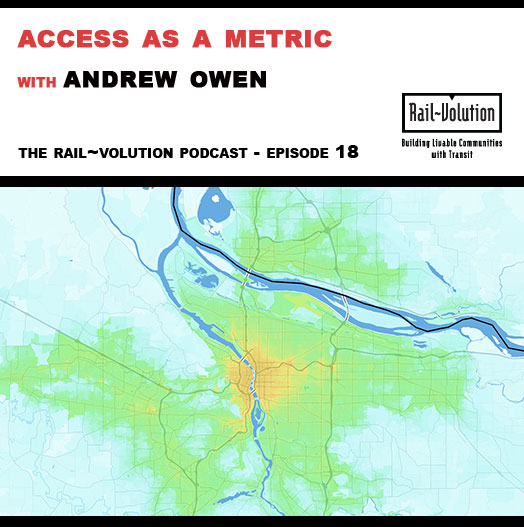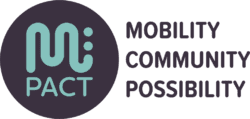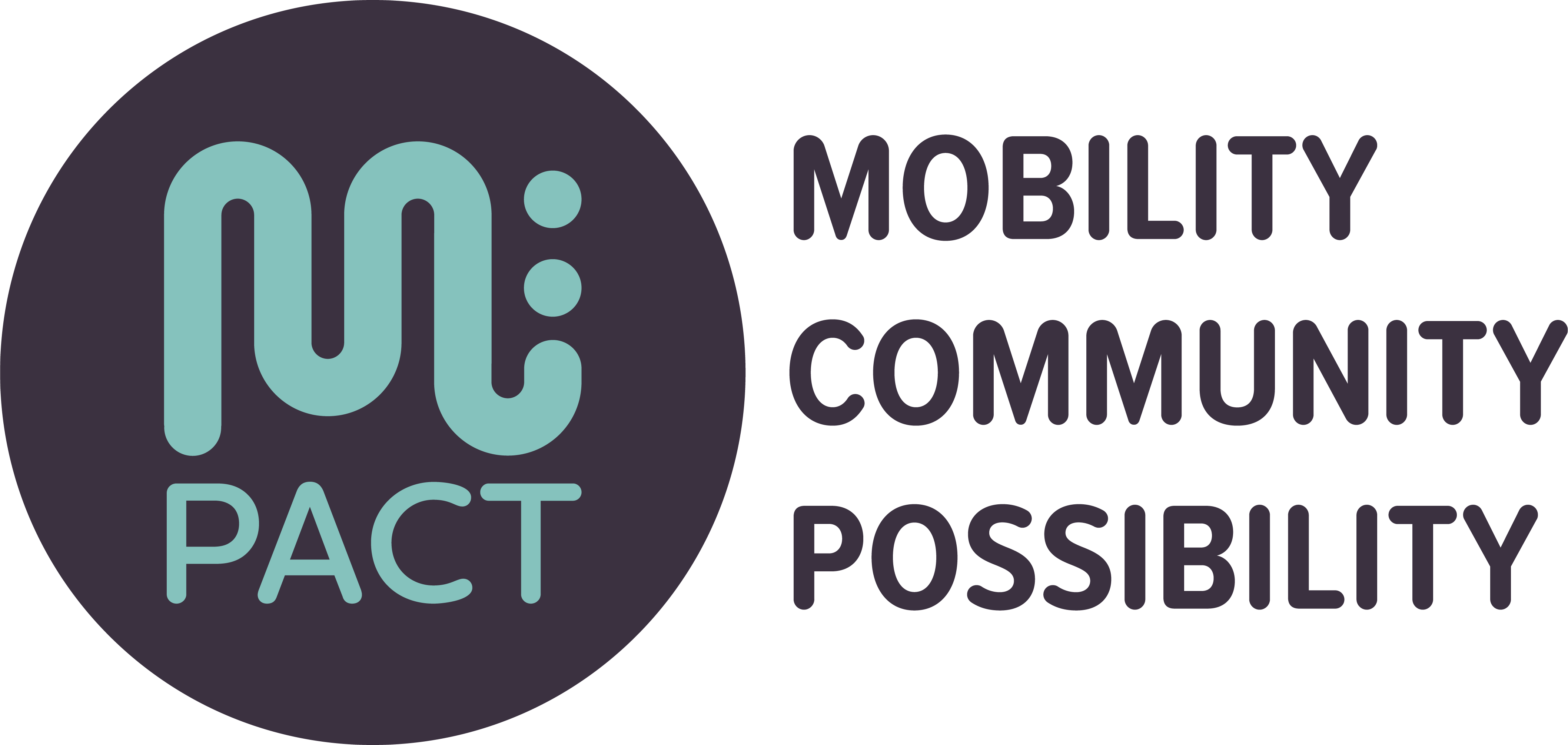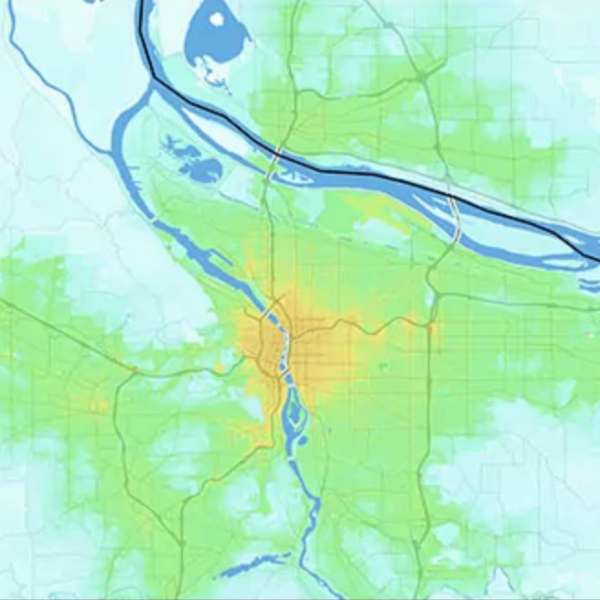Episode 18: Access as a Metric
How easy is it to get the places we want to go? Andrew Owen, director of the Accessibility Observatory at the University of Minnesota, gives us a new way to look at places – through the lens of accessibility.
Topics:
Tags:

Access is a way to measure how easy it is to get places – often jobs – in how much time. Taking into account both transportation and land use, access as a metric can be a powerful tool. On the podcast, Andrew Owen describes the evolution of the metric and how it has been applied.
Listen for examples – such as how a new LRT line changed access to jobs (spoiler – the buses connecting to the LRT played a big role). Or how some cities are using accessibility to evaluate different proposed transit investments. Or for long range planning for employers, workers and transit.
Access to jobs is one of the most widely used accessibility metrics. How many jobs can you reach in 30 minutes – by driving, transit, walking and, coming soon, by bicycling? As Owen shares on the podcast, accessibility opens up new ways of looking at places, projects, land use policies and mode share. It’s a metric to take to neighborhood meetings or regional planning projects.
“Start with land use policies and identify places where access is currently high. Ask whether to allow more people to live there. Look at places that are currently easy to get to by transit and say, perhaps we want we to allow more employers locate there?” — Andrew Owen
Cities with the greatest increases in job accessibility by transit
- Kansas City (+17.36%)
- Charlotte (+10.81%)
- Austin (+9.76%)
- Columbus (+8.99%)
- San Francisco (+8.72%)
- Orlando (+7.88%)
- Las Vegas (+7.68%)
- Phoenix (+7.31%)
- Minneapolis (+7.01%)
- Cincinnati (+6.78%)


